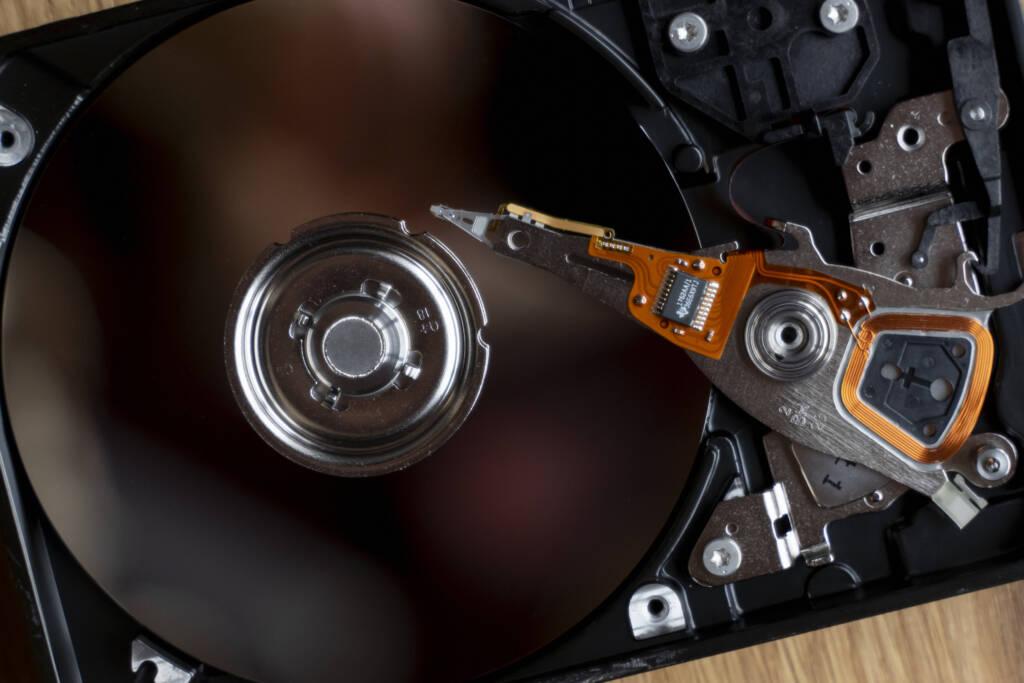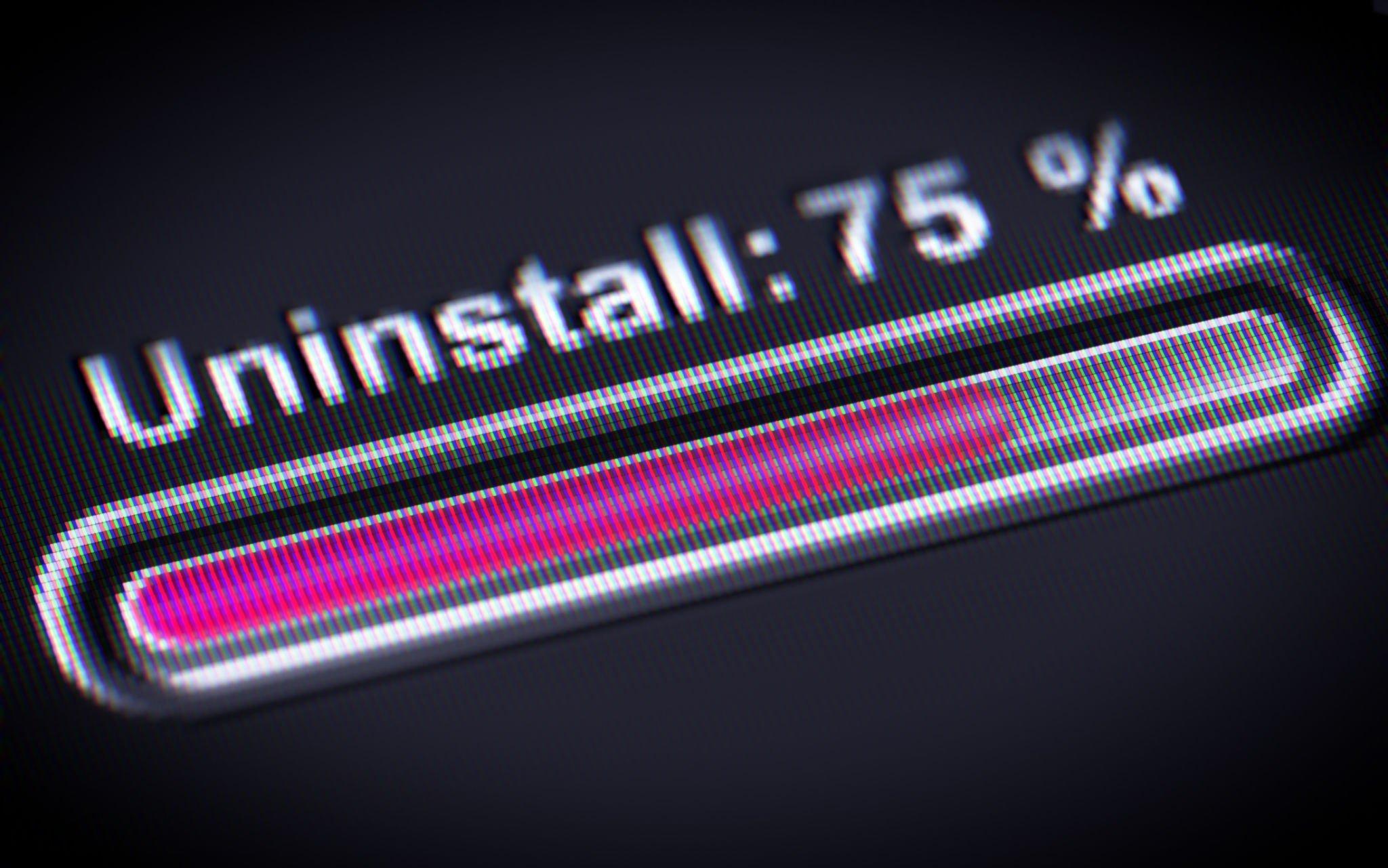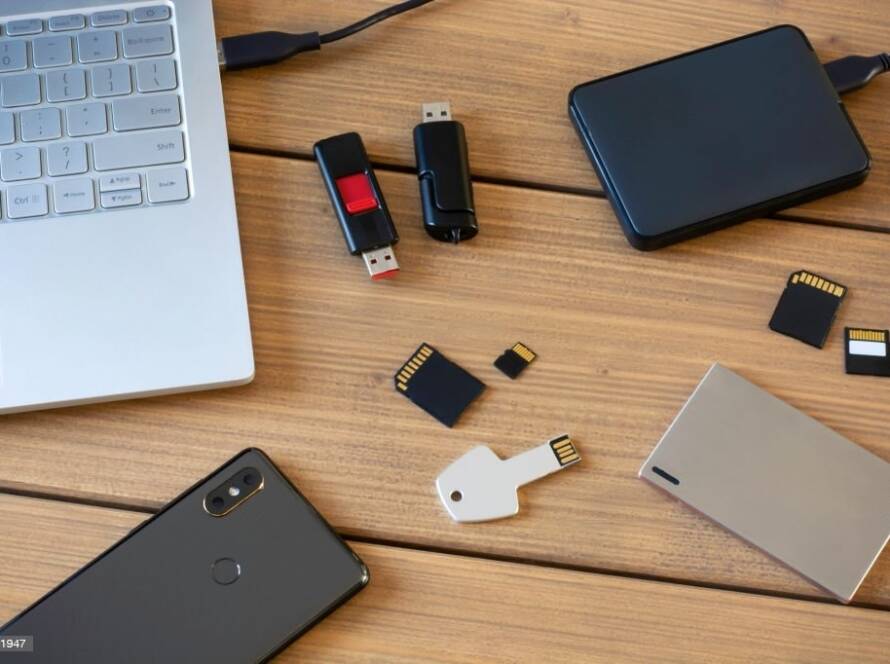Introduction: Running out of disk space on your Windows computer can be frustrating, affecting system performance and hindering your ability to store files. However, there are several effective methods to free up disk space and reclaim valuable storage. In this blog post, we will guide you through the process with easy-to-follow steps and accompanying images. Let’s get started!


Step 1: Disk Cleanup Utility The Disk Cleanup utility is a built-in feature in Windows that helps you remove unnecessary files. Here’s how to use it:
- Press the Windows key + S, type “Disk Cleanup,” and click on the application from the search results.
- Select the disk drive you want to clean (e.g., C:).
- Click on “OK.”
- Disk Cleanup will analyze the drive and present a list of files you can remove.
- Check the checkboxes next to the file types you want to delete (e.g., Temporary files, Recycle Bin).
- Click on “OK” and then confirm the deletion by clicking “Delete Files.”
Step 2: Uninstall Unnecessary Applications Unused applications take up valuable disk space. Follow these steps to uninstall them:
- Press the Windows key + I to open the Settings menu.
- Click on “Apps.” [Insert Image: Windows Settings]
- In the “Apps & features” section, you’ll see a list of installed applications.
- Select an application you want to uninstall and click on “Uninstall.”
- Follow the prompts to complete the uninstallation process.
- Repeat this process for other unnecessary applications.


Step 3: Clear Temporary Files Temporary files accumulate over time and can consume significant disk space. Here’s how to remove them:
- Press the Windows key + R to open the Run dialog box.
- Type “%temp%” (without quotes) and press Enter.
- The “Temp” folder will open, displaying a collection of temporary files.
- Press Ctrl + A to select all files, then press Shift + Delete to permanently remove them.
- Click on “Yes” to confirm deletion.
Step 4: Manage System Restore and Shadow Copies System Restore and Shadow Copies create restore points and backup copies, respectively. While useful, they can consume a substantial amount of disk space. Follow these steps to manage them:
- Press the Windows key + S, type “System Properties,” and click on the application from the search results.
- In the System Properties window, click on the “System Protection” tab.
- Select the drive you want to manage and click on “Configure.”
- In the new window, select the “Delete” option to remove all restore points.
- Click on “Apply” and then “OK” to save the changes.
Step 5: Empty the Recycle Bin Items in the Recycle Bin still occupy disk space until you empty it. Here’s how to do it:
- Locate the Recycle Bin icon on your desktop.
- Right-click on the Recycle Bin icon and select “Empty Recycle Bin.”
- Click on “Yes” to confirm deletion.
Conclusion: By following these simple steps, you can easily free up disk space on your Windows computer. Regularly performing these disk cleanup tasks will help optimize system performance and ensure you have enough space for important files. Enjoy a clutter-free and more efficient computing experience!
Remember to make sure you carefully review the files and applications you intend to delete to avoid removing anything important.




